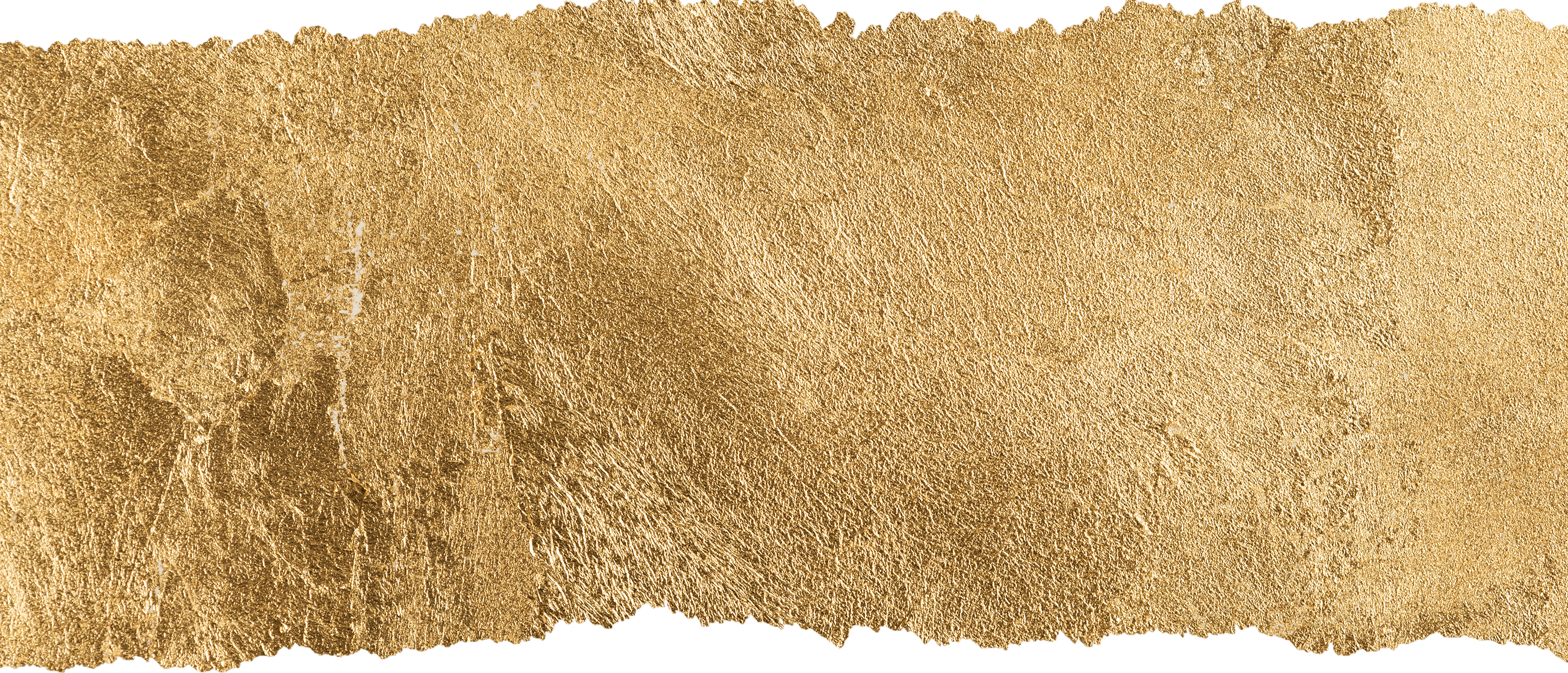Natural-looking aesthetic enhancement, restoration and definition of facial features restoration
Cosmetic hyaluronic acid fillers are soft gel implants that are injected into the skin and deeper layers of the face to enhance, restore, reshape and define facial areas and specific facial features. Hyaluronic acid (HA) is a substance that occurs naturally in the body; it is a powerful skin hydrator. HA Fillers can be injected superficially into the skin to fill out and treat fine lines and wrinkles, either in combination with or instead of BOTOX® for wrinkle reduction.
The most impressive indications, however, for HA fillers are when they are injected below the skin within the deep layers of the face. Here, they can be used to address areas of volume loss, reduce the appearance of sagging and define, contour and reshape key facial features such as the lips, cheeks, chin and nose. Through a combination of volume replacement and tissue support, they can also smoothen the skin surface reducing the appearance of not only wrinkles (such as in the forehead) but also depressions such as grooves, hollows and folds. This effect, in turn, can reduce unattractive facial shadows or areas of darkness, such as those that can occur under the eyes, as well as smoothen and highlight the contours of other facial features such as the cheeks or jawline.



 How long do the results last?
How long do the results last?  Can the treatment results be reversed?
Can the treatment results be reversed? 





